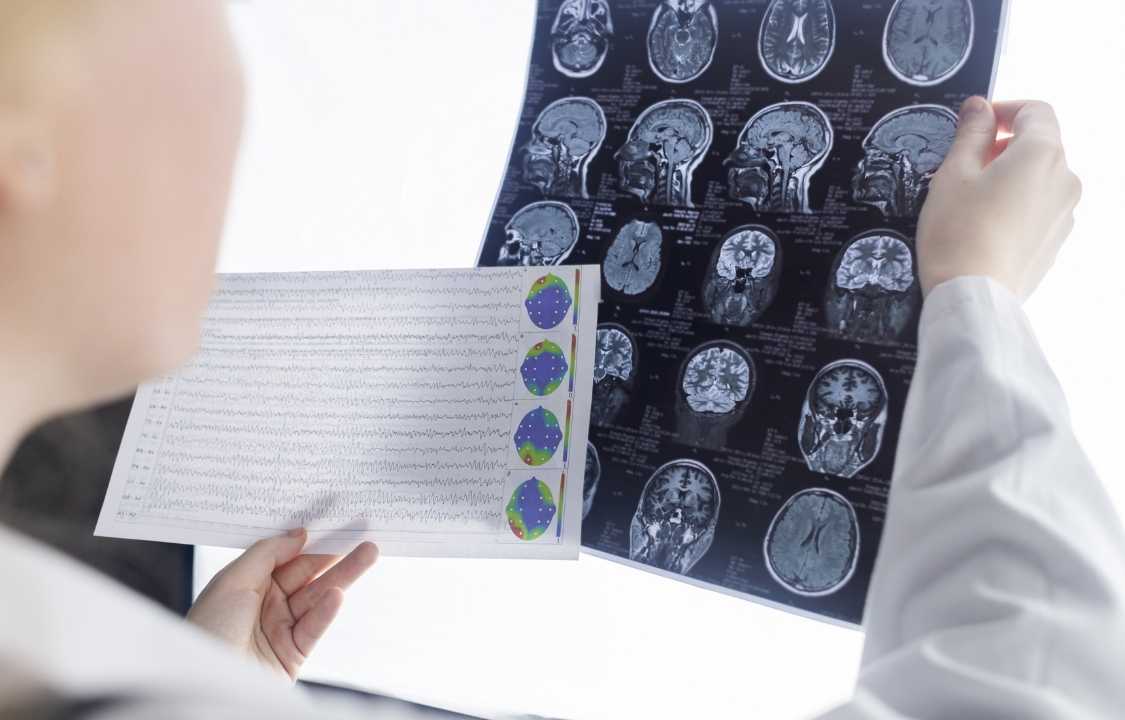Health Care, Medical Care, Treatment
How Is Epilepsy Treated?
Epilepsy, a neurological condition characterized by recurring seizures, is a complex disorder with various forms and manifestations. Effective management and treatment depend on understanding the type and severity of seizures, their location in the brain, and the symptoms associated with each episode. In most cases, antiepileptic drugs (AEDs) are the initial treatment approach, prescribed by specialized neurologists. However, for individuals with treatment-resistant epilepsy or unique requirements, alternative treatments come into play, albeit as secondary options.
The Multifaceted Approach to Treatment
Treatment of epilepsy is as diverse as the condition itself. While there are more than 25 AEDs available today, their choice depends on factors such as age, gender, seizure type, and the potential for side effects. A careful selection tailored to the individual patient optimizes treatment outcomes.
Typically, AEDs require regular intake, often twice a day. However, dosing regimens may vary for certain medications. Patients must adhere to their prescribing neurologist’s instructions diligently.
Success and the Possibility of Seizure Freedom
Remarkably, many individuals with epilepsy achieve freedom from seizures with appropriate treatment. For example, over 70% of children with common types of epilepsy eventually discontinue medication, and more than two-thirds of adults become seizure-free after two years of treatment.
Navigating Treatment-Resistant Epilepsy
Despite these successes, there exist cases of treatment-resistant epilepsy, where traditional AEDs prove ineffective. This designation typically applies when the first two medications attempted do not yield satisfactory results. In such situations, a spectrum of alternative treatment options comes into play.
Surgical Intervention
1. Lobectomy or Lesionectomy: These surgical procedures involve removing the portion of the brain responsible for seizures. They are particularly beneficial when epilepsy causes focal seizures, which are localized in one area of the brain.
2. Multiple Subpial Transection (MST): MST entails making multiple cuts in the nerve fibers on the brain’s outer layers to prevent seizures from spreading deeper.
3. Corpus Callosotomy: This procedure severs the connecting fibers (corpus callosum) between the left and right sides of the brain to prevent seizure propagation.
4. Thermal Ablation: A less invasive surgical approach, thermal ablation employs lasers to remove the brain regions causing seizures.
5. Hemispherectomy: Reserved as a last resort, hemispherectomy involves removing one-half of the brain and is typically performed in children.
Exploring Dietary Interventions
The ketogenic (keto) diet, characterized by high fat and low carbohydrate intake, is an emerging adjunctive treatment for epilepsy. Its efficacy in managing seizures is still under investigation, with further research needed to establish its role definitively.
Treatment Tailored to Epilepsy Types
Understanding that epilepsy takes diverse forms, each demanding distinct management, we delve into tailored treatment approaches for focal onset epilepsy and generalized epilepsy.
Focal Onset Epilepsy:
Focal onset epilepsy is associated with sensory disturbances, repetitive movements, and loss of consciousness. Treatment options encompass medications, surgical interventions, and ongoing research into dietary interventions.
Drug Treatments:
A selection of medications is available for focal onset epilepsy, with specific recommendations for special patient populations, including older adults and individuals who are pregnant or trying to conceive.
Commonly considered medications include:
- Lamictal (lamotrigine)
- Keppra (levetiracetam)
- Trileptal (oxcarbazepine)
- Tegretol/Curatil (carbamazepine)
- Vimpat (lacosamide)
For older adults:
- Lamictal (lamotrigine)
- Keppra (levetiracetam)
- Vimpat (lacosamide)
For individuals who may become pregnant:
- Lamictal (lamotrigine)
- Keppra (levetiracetam)
Surgery
Surgical intervention may be considered when drug treatments prove inadequate. Various surgical techniques, as mentioned earlier, can be employed to address focal onset epilepsy.
Generalized Epilepsy
Generalized epilepsy involves seizures that affect both hemispheres of the brain. Treatment choices depend on the seizure type and underlying genetic factors.
Drug Treatments
Specific medications are recommended based on the type of seizure associated with generalized epilepsy:
For tonic-clonic seizures:
- Lamictal (lamotrigine)
- Keppra (levetiracetam)
- Depakene/Depakote (valproate)
- Topamax (topiramate)
- Zonegram (zonisamide)
For myoclonic seizures:
- Keppra (levetiracetam)
- Depakene/Depakote (valproate)
- Zonegram (zonisamide)
For absence seizures:
- Zarontin (ethosuximide)
- Depakene/Depakote (valproate)
- Lamictal (lamotrigine)
Brain Stimulation
With generalized epilepsy, surgically removing brain regions to halt seizures is not possible. Instead, brain stimulation devices, akin to pacemakers, are utilized. Two approved types of brain stimulation treatments are available:
- Deep brain stimulation: Continuous stimulation of the anterior nucleus of the thalamus.
- Responsive neurostimulation: Provides stimulation only when brain imaging indicates an impending seizure.
Living With Epilepsy
For individuals with epilepsy, addressing challenges beyond seizures is paramount. Cognitive issues, anxiety, and depression affect at least one-third of patients, necessitating therapy and counseling. Managing epilepsy also involves considerations such as pregnancy planning, as certain seizure types pose risks to both the individual and the fetus.
Many states restrict driving for individuals with epilepsy unless they remain seizure-free for a defined period. Remission, characterized by extended periods without seizures, offers newfound freedom but should be complemented by the precaution of wearing a medical alert bracelet to provide vital medical information in emergencies.
In Summation
Epilepsy, a condition characterized by recurrent seizures, presents a diverse treatment landscape. While antiepileptic drugs are the cornerstone of treatment, the choice of medications depends on individual characteristics and seizure types. For those with treatment-resistant epilepsy, surgical interventions and dietary approaches become valuable alternatives. A multidimensional approach to epilepsy management acknowledges the nuanced nature of the condition, ensuring that individuals can lead fulfilling lives despite its challenges.

